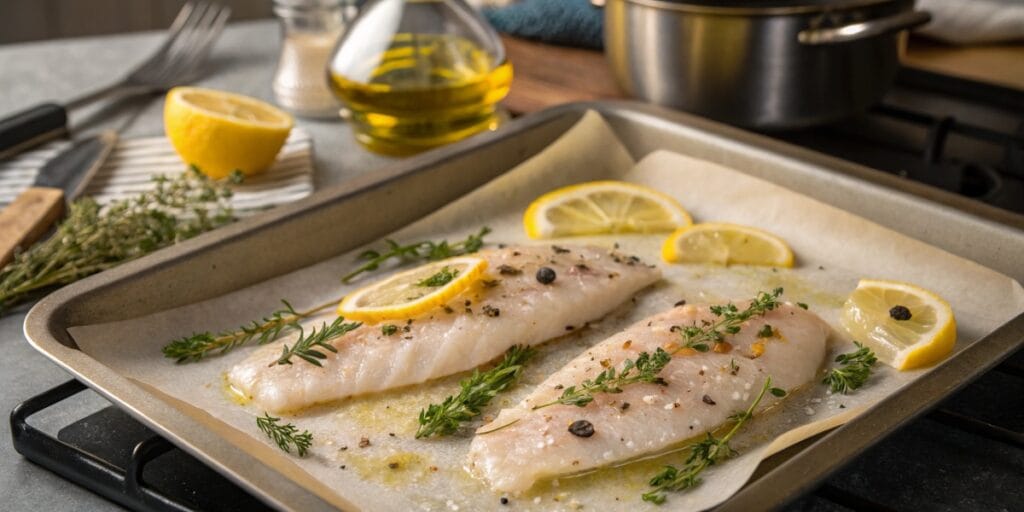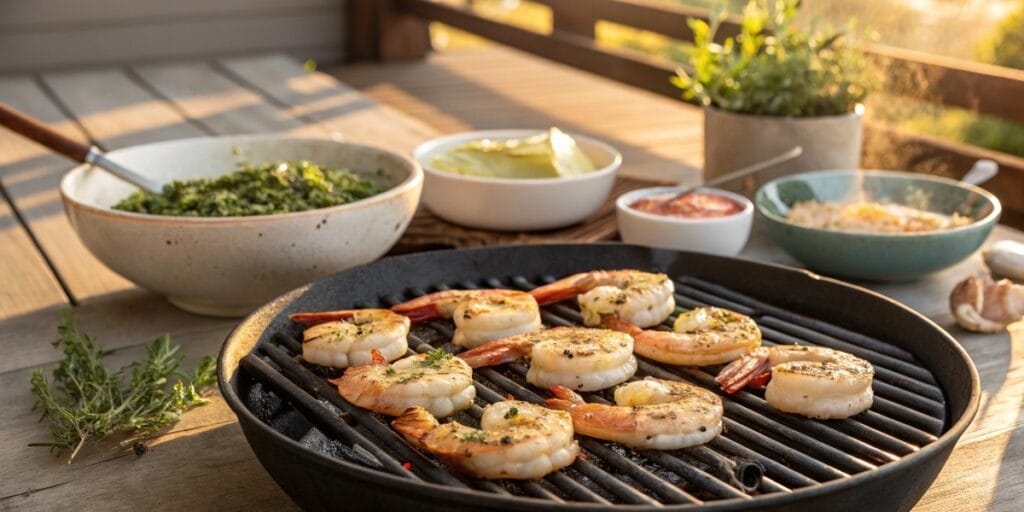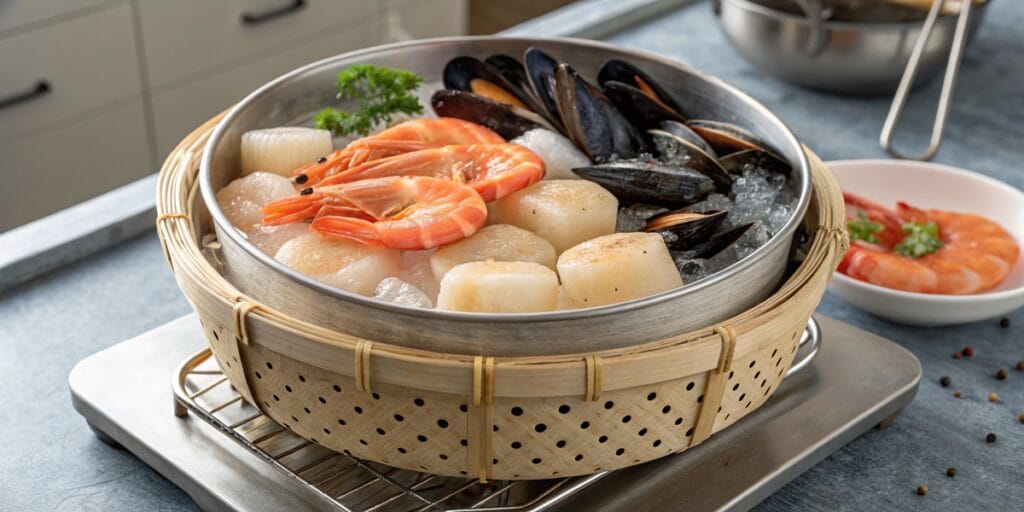The Best Ways to Cook Frozen Seafood: A Comprehensive Guide
Frozen seafood has become a staple in modern kitchens, providing convenience and freshness for countless dishes. However, knowing the best way to cook frozen seafood ensures you retain its flavor, texture, and nutritional benefits. Whether you’re in a rush or planning a gourmet meal, this guide covers everything you need to know.
For more tips on cooking techniques, check out our article on how to prepare seafood sustainably. Let’s dive into the details!
Understanding Frozen Seafood
Why Choose Frozen Seafood?
- Longer shelf life: Frozen seafood stays fresh for months, making it a reliable pantry staple.
- Nutritional retention: Freezing locks in essential nutrients, ensuring you get a healthy meal.
- Reduced waste: You can use only what you need, minimizing food waste.
Additionally, frozen seafood offers flexibility, allowing you to prepare delicious meals without worrying about spoilage. Learn more about sustainable options in our guide on choosing eco-friendly seafood.

Thawing Frozen Seafood: Is It Necessary?
To Thaw or Not to Thaw?
Thawing seafood is not always required. In fact, cooking directly from frozen can save time and effort. However, thawing may enhance texture and reduce cooking time for certain methods.
Best Thawing Methods:
- Refrigerator Method:
- Place the seafood in a bowl and let it thaw overnight.
- This method is the safest and preserves texture.
- Cold Water Method:
- Submerge the seafood in a sealed plastic bag.
- Change the water every 30 minutes for quick thawing.
- Microwave Method:
- Use the defrost setting for a few minutes.
- Be cautious to avoid partial cooking.
Safety Tips:
- Avoid thawing seafood at room temperature.
- Cook thawed seafood within 24 hours to maintain freshness.
For more safety tips, visit food safety guidelines for seafood.
Cooking Frozen Seafood Without Thawing
Why Cook Directly From Frozen?
Cooking frozen seafood eliminates the need for advance preparation. It’s perfect for busy days when you need a quick meal. Check out our article on quick seafood recipes for more inspiration.
Tips for Success:
- Adjust cooking times slightly to account for the frozen state.
- Use moderate heat to prevent uneven cooking.
- Pat the seafood dry to remove excess ice.
Best Methods for Cooking Frozen Seafood:
- Baking:
- Preheat the oven to 375°F.
- Place frozen seafood on a lined baking tray.
- Add seasonings or a light marinade.
- Steaming:
- Use a steamer basket over boiling water.
- Steam seafood until fully cooked, ensuring a tender texture.
- Poaching:
- Submerge seafood in simmering broth or water.
- Poach for a flavorful and moist result.
Specific Cooking Techniques for Frozen Seafood
Baking
Baking is a versatile method suitable for frozen fish fillets, shrimp, and scallops.
Steps:
- Preheat the oven to 375°F.
- Line a baking tray with parchment paper.
- Place frozen seafood evenly on the tray.
- Drizzle with olive oil and season with salt, pepper, and herbs.
- Bake for 20-30 minutes, depending on the seafood type.
Explore our baked seafood recipes for detailed instructions.
Grilling

Grilling adds a smoky flavor to frozen seafood. While thawing may be recommended for certain items, you can grill directly from frozen with proper preparation.
Steps:
- Preheat the grill to medium heat.
- Brush seafood with oil to prevent sticking.
- Place on the grill and cook until opaque and flaky.
Pro Tip: Use foil packets to retain moisture and simplify cleanup. Try our grilled seafood guide for additional tips.
Sautéing and Pan-Searing for the best way to cook frozen seafood
These methods work best for frozen shrimp, scallops, and small fish portions.
Steps:
- Heat a skillet over medium heat and add oil or butter.
- Pat the seafood dry to reduce splattering.
- Cook for 4-6 minutes per side or until golden brown.
For more techniques, visit our pan-searing seafood tutorial.
Cooking Times and Temperature Guidelines
Proper cooking times and temperatures are essential for safety and quality.
- Fish fillets: 10 minutes per inch of thickness at 375°F.
- Shrimp: Cook until pink and opaque, about 5-7 minutes.
- Scallops: Sear for 2-3 minutes per side until golden.
Internal Temperature Recommendations:
- Fish: 145°F
- Shellfish: 145°F
- Lobster and crab: 140°F
Enhancing Flavor in Frozen Seafood Dishes

Marinades and Rubs:
- Use citrus-based marinades for a fresh taste.
- Try garlic, paprika, and thyme for a savory profile.
Herbs and Spices:
- Dill, parsley, and cilantro pair well with most seafood.
- Smoked paprika and cumin add depth to grilled dishes.
Serving Suggestions:
- Pair baked seafood with steamed vegetables and rice.
- Serve grilled items with a zesty salsa or avocado crema.
Discover more in our flavor-enhancing seafood tips.
Common Mistakes to Avoid
for the best way to cook frozen seafood you should avoid
- Overcooking:
- Overcooked seafood becomes dry and tough.
- Use a thermometer to ensure accuracy.
- Improper Thawing:
- Thawing at room temperature encourages bacterial growth.
- Stick to safe thawing methods.
- Skipping Seasoning:
- Frozen seafood benefits from bold flavors.
- Always season adequately to enhance taste.
Frequently Asked Questions about best way to cook frozen seafood
1. Can you cook frozen seafood without thawing?
- Yes, it is safe and convenient. Adjust cooking times slightly for optimal results.
2. What is the safest way to thaw frozen seafood?
- The refrigerator method is the safest. Alternatively, use cold water for quicker results.
3. How do you avoid overcooking frozen seafood?
- Use a thermometer to check internal temperatures and follow recommended cooking times.
4. Can frozen seafood be marinated?
- Yes, apply marinades directly before cooking to infuse flavor.
5. What’s the best seasoning for frozen seafood?
- Lemon, garlic, and fresh herbs work well for most types.
Conclusion to best way to cook frozen seafood
Cooking frozen seafood can be quick, easy, and delicious when done correctly. By using the right methods, such as baking, grilling, or steaming, you can achieve flavorful and healthy meals. Remember to follow safety guidelines and enhance your dishes with bold seasonings. For more meal inspiration, explore our seafood recipe collection. With these tips, you’ll master the art of cooking frozen seafood in no time!

